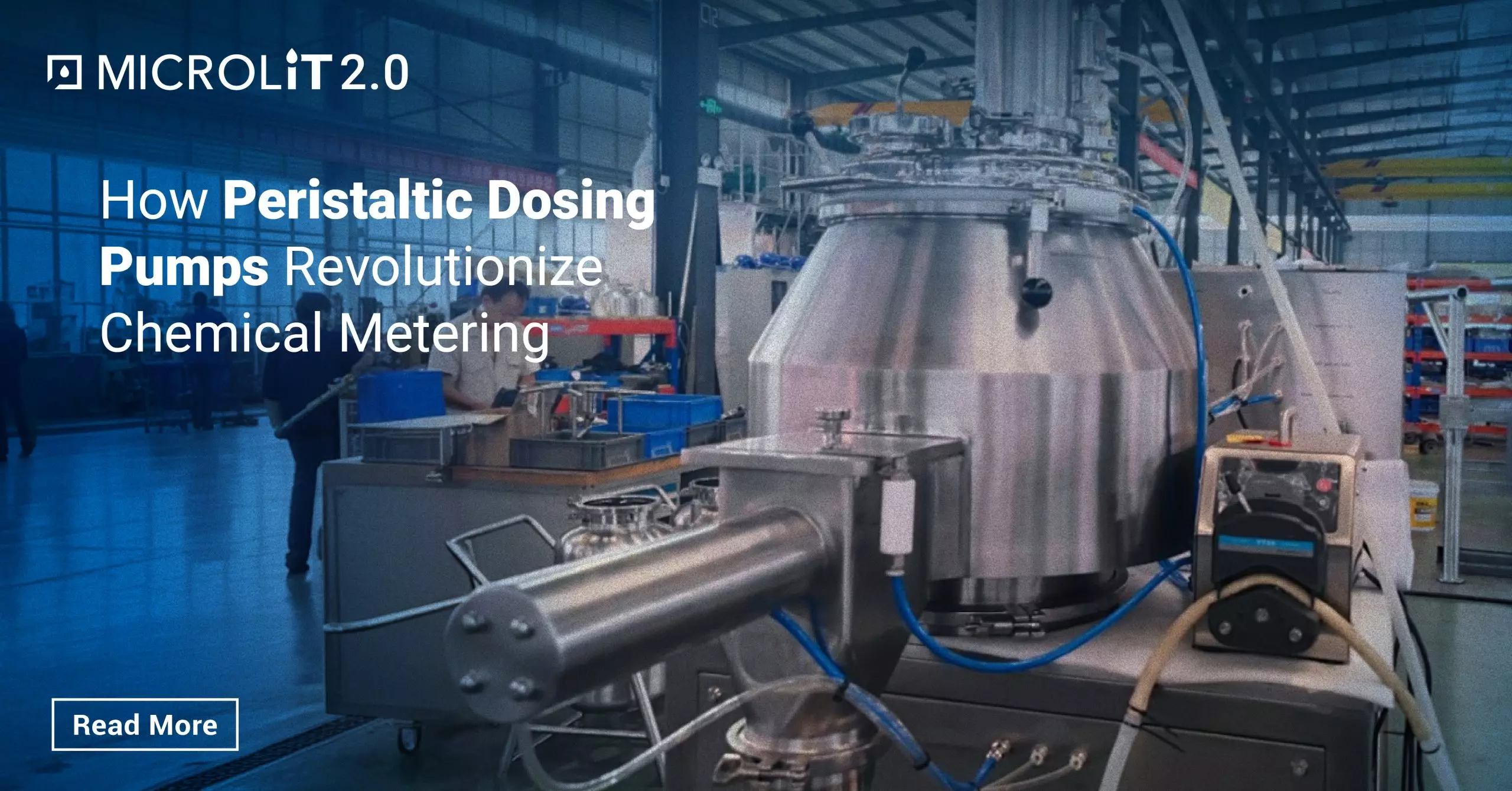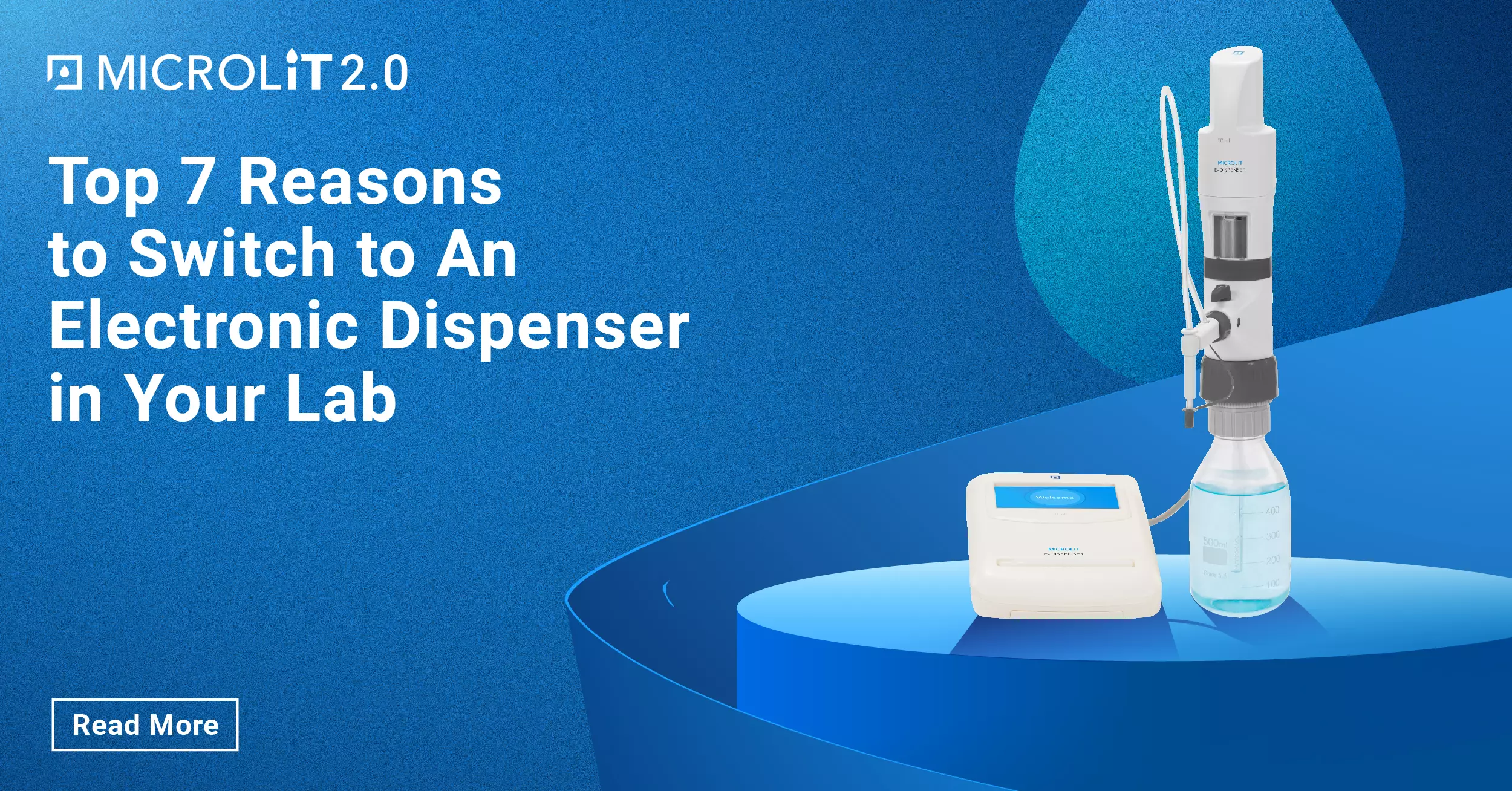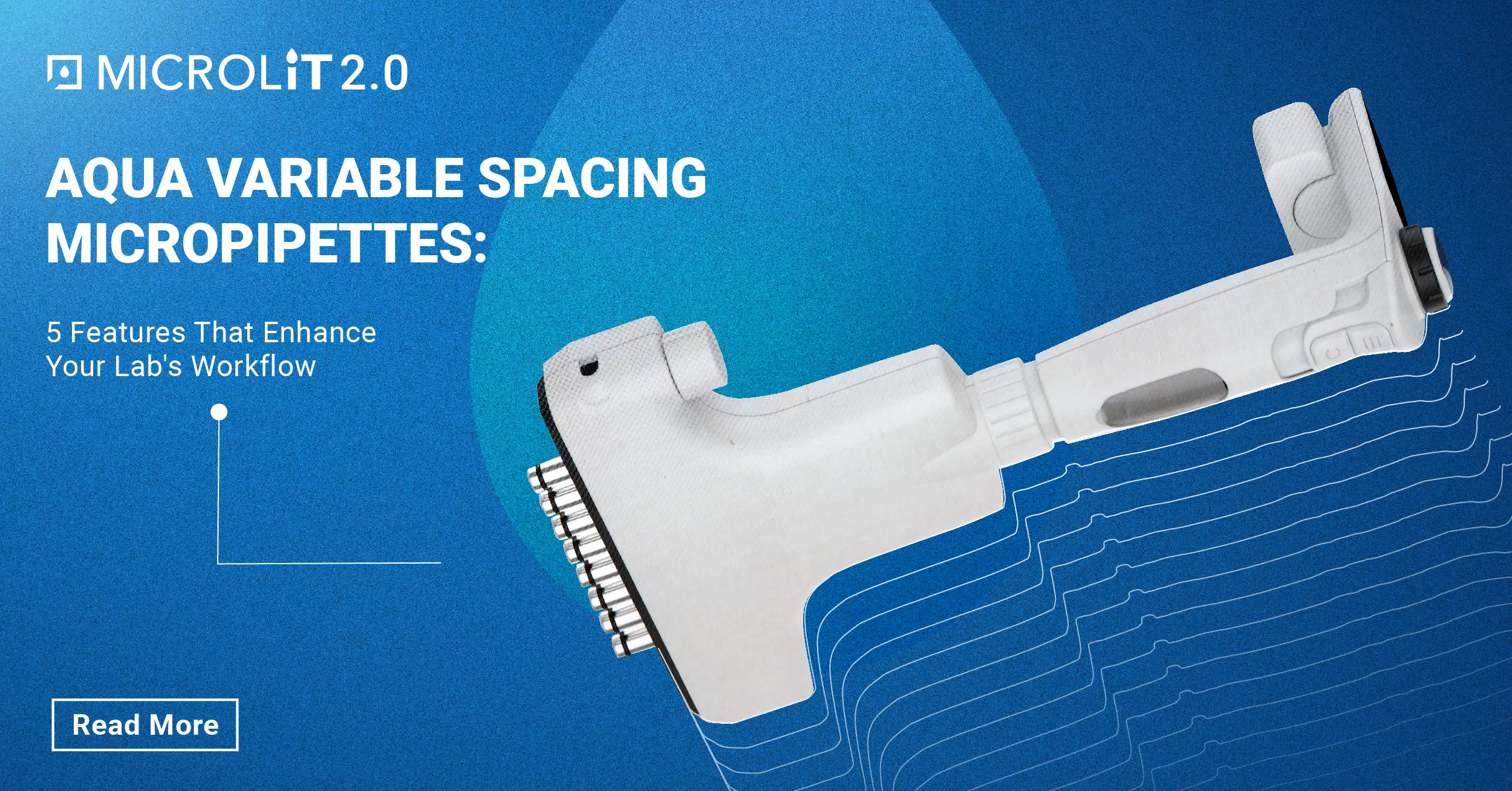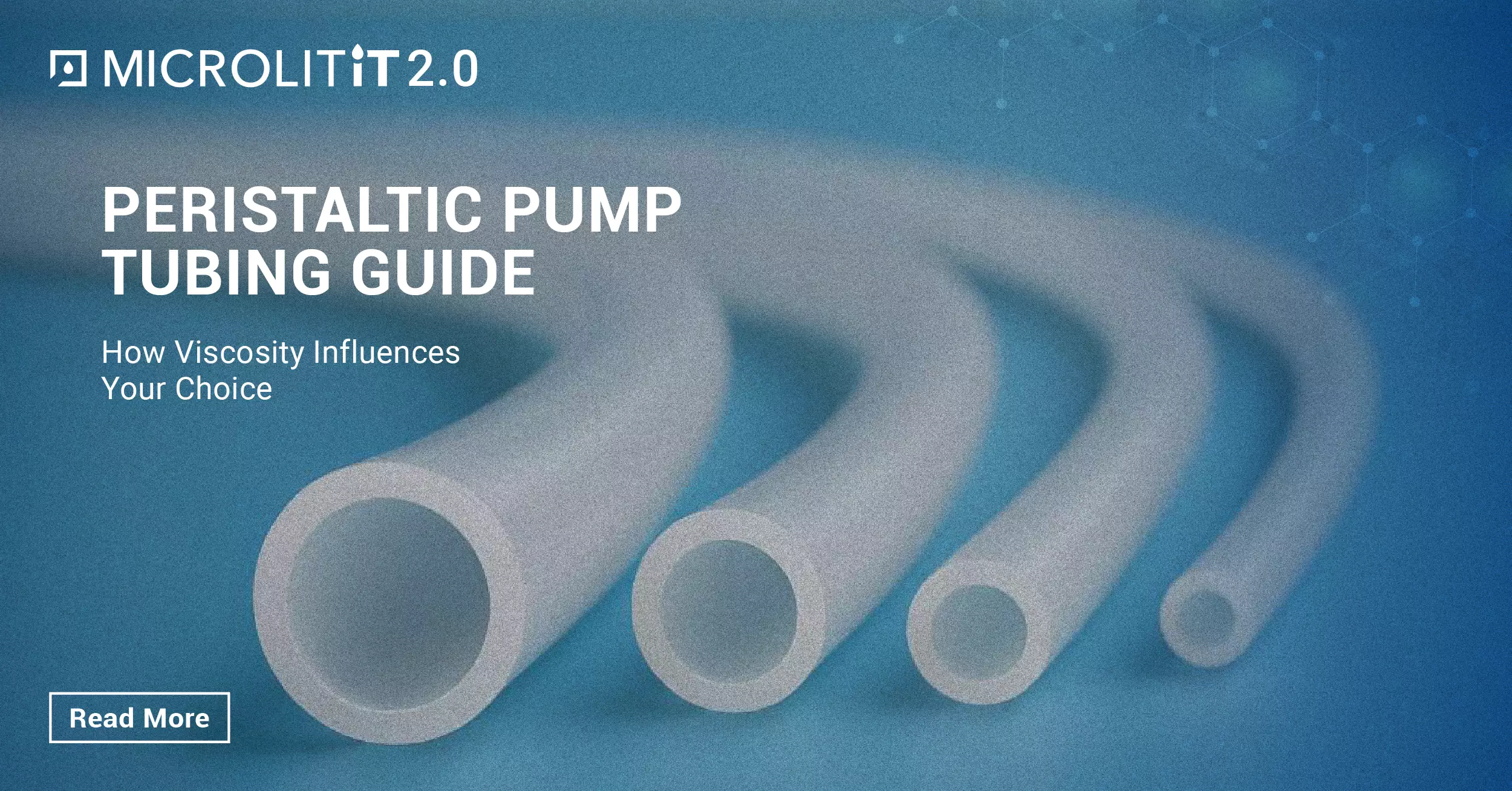Guide to Understanding the Utilization & Selection of Centrifuge Tubes
- June 27, 2024
- ENQUIRE NOW
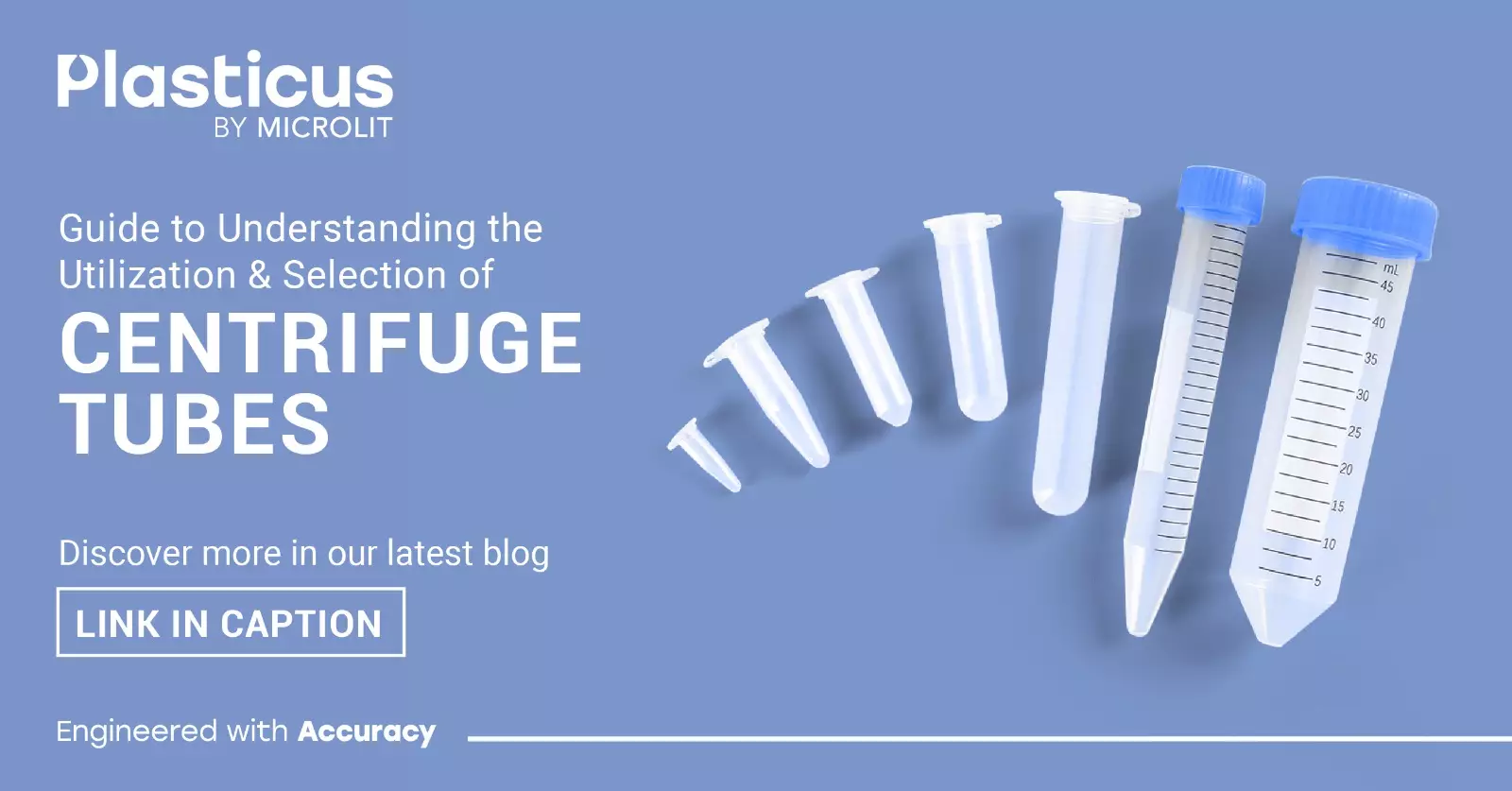
Centrifuges are indispensable tools in laboratories, pivotal in separating components based on density by spinning samples at high speeds. The efficiency of this process, however, is significantly influenced by the type and quality of centrifuge tubes used. Selecting the right centrifuge tube is crucial for achieving reliable results, maintaining sample integrity and ensuring safety. This guide delves into the utilization and selection of centrifuge tubes, covering the essential aspects that every lab technician or researcher should know.
Understanding Centrifuge Tubes
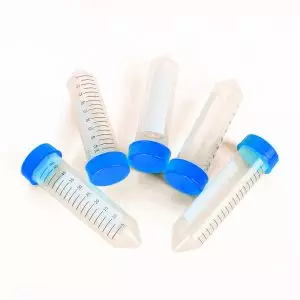 Centrifuge tubes are specially designed containers that hold samples to be centrifuged. They are built to withstand the extreme forces generated by the centrifuge without breaking, cracking, or leaking. Typically, these tubes are made from materials like plastic (polypropylene, polycarbonate) or glass. The choice of material depends on the sample type, centrifugation speed, and the specific requirements of the experiment.
Centrifuge tubes are specially designed containers that hold samples to be centrifuged. They are built to withstand the extreme forces generated by the centrifuge without breaking, cracking, or leaking. Typically, these tubes are made from materials like plastic (polypropylene, polycarbonate) or glass. The choice of material depends on the sample type, centrifugation speed, and the specific requirements of the experiment.
Types of Centrifuge Tubes
Plastic Centrifuge Tubes
Polypropylene (PP): Known for its chemical resistance, transparency, and durability, PP tubes are suitable for a wide range of applications, including storage and high-speed centrifugation.
Polycarbonate (PC): These tubes are more transparent than PP and can withstand higher centrifugal forces, making them ideal for high-speed centrifugation. However, they have lower chemical resistance compared to PP.
Glass Centrifuge Tubes
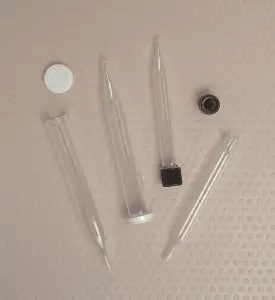 Glass tubes are highly transparent and resistant to most chemicals. They are ideal for use in applications where chemical compatibility is critical. However, they are more prone to breakage compared to plastic tubes.
Glass tubes are highly transparent and resistant to most chemicals. They are ideal for use in applications where chemical compatibility is critical. However, they are more prone to breakage compared to plastic tubes.
Factors to Consider When Selecting Centrifuge Tubes
Material: Choose based on the chemical compatibility and the required resistance to centrifugal forces. For instance, if you’re working with organic solvents, glass or certain high-grade plastics might be preferred.
Volume: Ensure the tube capacity matches your sample volume. Centrifuge tubes come in various sizes, typically ranging from 0.2 mL to 50 mL or more. Using the correct volume tube ensures optimal separation and prevents sample loss.
Max RCF (Relative Centrifugal Force): Different tubes can withstand different maximum RCF values. It is essential to match the tube’s RCF rating with the centrifuge’s capability to avoid tube failure.
Closure Type: Tubes can have screw caps, snap caps, or be capless. Screw caps are preferred for their secure sealing, which is essential for volatile or hazardous samples. Snap caps provide convenience but might not seal as tightly as screw caps.
Sterility: For applications involving cell cultures, molecular biology, or any sterile procedures, sterile tubes are necessary to prevent contamination.
Graduations and Labeling: Tubes with clear graduations and writing areas are crucial for accurate measurement and easy sample identification.
Proper Utilization of Centrifuge Tubes
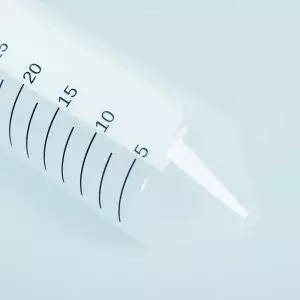 Balancing: Always ensure the centrifuge is balanced by placing tubes of equal weight directly opposite each other. An unbalanced centrifuge can lead to inaccurate results and damage to the equipment.
Balancing: Always ensure the centrifuge is balanced by placing tubes of equal weight directly opposite each other. An unbalanced centrifuge can lead to inaccurate results and damage to the equipment.
Filling: Do not overfill or underfill tubes. Overfilling can lead to spillage, while underfilling can cause imbalances and inefficient separation.
Cap Tightness: Ensure caps are securely fastened to prevent leaks, especially at high speeds. However, avoid overtightening which can cause the caps or tubes to crack.
Temperature Considerations: Be mindful of the temperature requirements. Some tubes can withstand ultra-low temperatures and autoclaving, while others might deform or lose integrity under extreme conditions.
Centrifuge Settings: Set the centrifuge to the appropriate speed and duration as per the experimental requirements. Different samples may require different centrifugation protocols for optimal separation.
Applications of Centrifuge Tubes
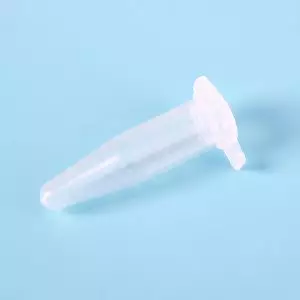 Cell Culture: Centrifuge tubes are used to harvest cells from culture media. PP tubes are often preferred for their chemical resistance and durability.
Cell Culture: Centrifuge tubes are used to harvest cells from culture media. PP tubes are often preferred for their chemical resistance and durability.
Molecular Biology: They are essential for DNA, RNA, and protein isolation. Sterile tubes with secure sealing are crucial to avoid contamination.
Clinical Laboratories: Used in blood separation and other diagnostic tests. Glass tubes are commonly used due to their chemical compatibility with blood samples and other reagents.
Pharmaceutical Research: Centrifuge tubes are used in drug formulation and testing processes, where high clarity and chemical resistance are paramount.
Environmental Testing: Samples from water, soil and air can be processed in centrifuge tubes to analyze contaminants and other environmental factors.
Safety Tips
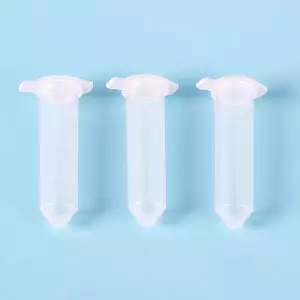 Inspect Tubes Regularly: Check for cracks, deformations, or any signs of wear and tear before use.
Inspect Tubes Regularly: Check for cracks, deformations, or any signs of wear and tear before use.
Use Appropriate PPE: Always wear personal protective equipment such as gloves and safety goggles when handling samples and operating the centrifuge.
Follow Manufacturer Guidelines: Adhere to the recommended usage instructions and limitations specified by the tube manufacturer to prevent accidents and ensure accurate results.
Conclusion
Selecting the right centrifuge tube is pivotal for the success of laboratory experiments and the integrity of results. By considering factors such as material, volume, RCF rating, closure type and sterility, you can ensure that your centrifuge tubes meet the specific needs of your applications. Proper utilization, including balancing, appropriate filling and adherence to centrifuge settings, further enhances the efficiency and safety of your processes. Whether you are working in a clinical, molecular biology or environmental lab, understanding the nuances of centrifuge tube selection and use is essential for achieving precise and reliable outcomes.
To know more about Plasticus products, Email us at info@plasticus.com or visit our website www.plasticus.com


